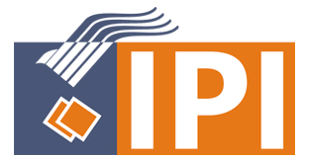Identification of Eucheuma cottonii Seaweed Destruction Organisms at Geger Beach Nusa Dua, Bali
DOI:
https://doi.org/10.24843/ATBES.2024.v08.i01.p09Keywords:
Eucheuma cottonii, Disruptive organisme, SeaweedAbstract
Eucheuma cottonii seaweed cultivation in general has a problem that is the attack of disruptive organisms in the form of pests that can cause damage to seaweed plants. This study aims to find out the type, behavior and abundance of seaweed destruction organisms on Eucheuma cottonii. Observations were made at 3 points of stakes in the coastal waters of Geger Nusa Dua, Bali. Data collection was conducted through direct observation at the research site using the Underwater Visual Census (UVC) method. The results of the data collection found 19 families of organisms that were self-exposedfrom 17 families of disruptive organisms and 2 families of non-disruptive organisms from 3 points of observation. The disruptive organisms found were: Siganidae, Holothuridae, Pinguipedidae, Labridae, Blenniidae, Paralepididae, Trichiuridae, Palmariaceae, Ulvaceae, Siphonocladaceae, Cladophorales, Caulerpaceae, Halimedaceae, Gelidiaceae, Hypneaceae, Hydrocharitaceae and Corallinaceae. While non-disruptive organisms found were Engraulidae and Scorpaenidae. Disruptive organisms have individual living behaviors (solitary) and swimming habits of disruptive organisms that swim above and crevices of seaweed Eucheuma cottonii. Treatment of disruptive organisms that feed on talus and attach / epiphytes on the surface of seaweed talus Eucheuma cottonii. The conclusion is individual abundance in stake II had an abundance of disruptive organisms with the highest result of 3.88 ind/m2, while in stake I obtained the lowest abundance calculation of 2.34 ind/m2,and in stake III which was 2.62 ind/m2.
Downloads
Published
How to Cite
License
Copyright (c) 2024 Advances in Tropical Biodiversity and Environmental Sciences

This work is licensed under a Creative Commons Attribution-ShareAlike 4.0 International License.










